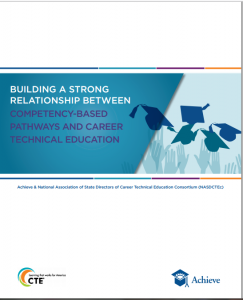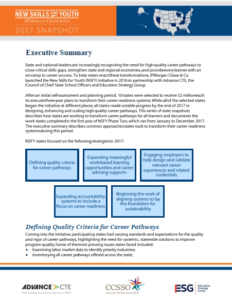 What defines a high-quality career pathway? Is it alignment to labor market needs and career opportunities? The quality and qualifications of teachers and faculty? Access to meaningful, aligned work-based learning experiences? Perhaps all of the above?
What defines a high-quality career pathway? Is it alignment to labor market needs and career opportunities? The quality and qualifications of teachers and faculty? Access to meaningful, aligned work-based learning experiences? Perhaps all of the above?
Defining the the components of high-quality career pathways is a critical priority of the 10 states participating in New Skills for Youth (NSFY), an initiative to transform career pathways and student success by expanding options for high school students. NSFY is a partnership of the Council of Chief State School Officers, Education Strategy Group and Advance CTE, generously funded by JP Morgan Chase & Co.
Today, Advance CTE released a series of snapshots highlighting promising practices and achievements of the 10 NSFY states, including the different approaches each state is taking to define and promote high-quality career pathways.
In Massachusetts, a cross-sector committee developed criteria for high-quality college and career pathways (HQCCP), part of an effort to improve career-readiness opportunities for students in the commonwealth. Massachusetts plans to identify, designate and support two types of high-quality secondary pathways: early college pathways, which enable students to earn up to 12 college credits in high school, and innovation pathways, which are aligned with high-demand industries. The joint committee set a high bar to designate each type of pathway. To officially be recognized as a HQCCP, pathways must:
- Provide equitable access;
- Be structured around guided academic pathways;
- Incorporate enhanced student supports;
- Expose students to different career options; and
- Be supported by partnerships between at least one institution of higher education, a secondary district or school, and employer partners.
In 2017, Massachusetts began accepting applications to designate HQCCPs, and plans to announce designated sites shortly. These sites will receive support, and in some cases, funding, from the state, and will work together as a community to strengthen meaningful career pathways that are aligned to the joint committee’s HQCCP criteria.
Other NSFY states chose different approaches to defining quality career pathways. Ohio designed a framework for local program administrators to evaluate program quality and make informed decisions about which programs to scale up and which to phase out. The framework is designed using four dimensions: learning environment and culture, business and community engagement, educator collaboration, and pathway design.
Wisconsin took a regional approach through its Pathways Wisconsin pilot. Through the project, which has been rolled out in four regions across the state, regional Pathways Wisconsin directors are working with key stakeholders in their community to identify and recognize different career pathways within priority industry areas.
Defining criteria for high-quality career pathways was a common priority across the NSFY states. Other priorities include:
- Expanding meaningful work-based learning opportunities and career advising supports: Rhode Island engaged state business leaders to define and develop learning standards for work-based learning that could be implemented at the high school level. Oklahoma and Wisconsin are implementing new academic and career planning policies.
- Engaging employers to help design and validate relevant career experiences and related credentials: With the help of industry partners, Ohio developed a graduation endorsement called the OhioMeansJobs-Readiness Seal, which recognizes students who demonstrate employability skills upon graduation. In Louisiana, state leaders leveraged existing employer networks to establish education subcommittees on regional workforce development boards.
- Expanding accountability systems to include a focus on career readiness: As states worked to develop and finalize their ESSA plans, accountability was a priority for NSFY states in 2017. Oklahoma adopted a postsecondary opportunities measure that looks at AP, IB and dual enrollment as well as industry certification and work-based learning. Separately, Kentucky is leveraging the Kentucky Center for Education and Workforce Statistics to identify and validate industry-recognized credentials, which will be valued in its accountability system.
- Beginning the work of aligning systems to lay the foundation for sustainability: Tennessee is working to integrate NSFY efforts into Governor Bill Haslam’s Drive to 55 initiative, a widely popular initiative to improve postsecondary access and success. Nevada codified the governor’s Office of Workforce Innovation into state law. Meanwhile, Delaware is working to strengthen Delaware Pathways, a statewide initiative to enhance and expand high-quality career pathways.
To learn more about the pursuits of the NSFY cohort, read the 2017 NSFY Snapshot Executive Summary or download individual state snapshots.
Austin Estes, Senior Policy Associate
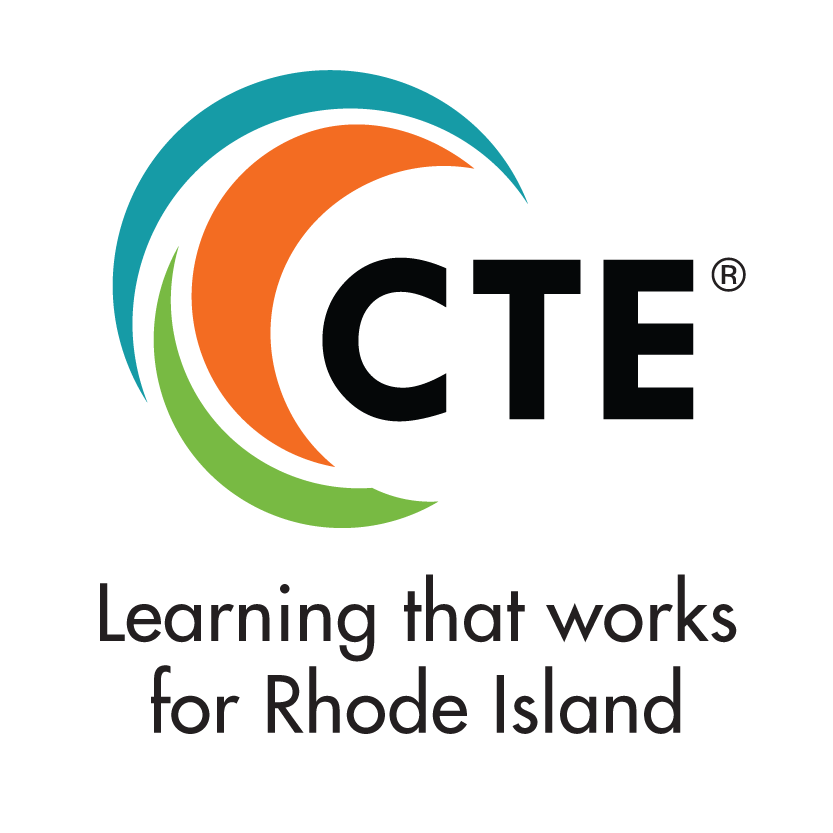 Paul McConnell is a lifelong Rhode Islander and has worked at the Rhode Island Department of Education & Secondary Education (RIDE) for eight years. Paul became the new CTE Coordinator in late March 2020, in the early days of the challenges presented by the COVID-19 (coronavirus) pandemic: off-limits labs and classrooms, budget uncertainty and the rapid transition to remote learning.
Paul McConnell is a lifelong Rhode Islander and has worked at the Rhode Island Department of Education & Secondary Education (RIDE) for eight years. Paul became the new CTE Coordinator in late March 2020, in the early days of the challenges presented by the COVID-19 (coronavirus) pandemic: off-limits labs and classrooms, budget uncertainty and the rapid transition to remote learning.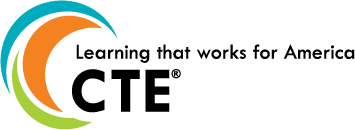

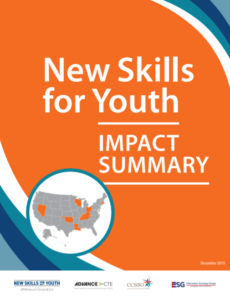 Through NSFY, Delaware, Kentucky, Louisiana, Massachusetts, Nevada, Ohio, Oklahoma, Rhode Island, Tennessee and Wisconsin took action to:
Through NSFY, Delaware, Kentucky, Louisiana, Massachusetts, Nevada, Ohio, Oklahoma, Rhode Island, Tennessee and Wisconsin took action to: Throughout history, and continuing today, learners of color, low-income learners, female learners and learners with disabilities have been historically tracked into terminal vocational programs leading to jobs with uncertain promise of economic growth and prosperity. Today, the quality of Career Technical Education (CTE) has vastly improved, making it a preferred path for many secondary and postsecondary learners. Yet even today, many learners do not have access to high-quality programs of study in their communities. To help state leaders recognize historical barriers and adopt promising solutions to close equity gaps in CTE, Advance CTE launched a series of policy briefs titled
Throughout history, and continuing today, learners of color, low-income learners, female learners and learners with disabilities have been historically tracked into terminal vocational programs leading to jobs with uncertain promise of economic growth and prosperity. Today, the quality of Career Technical Education (CTE) has vastly improved, making it a preferred path for many secondary and postsecondary learners. Yet even today, many learners do not have access to high-quality programs of study in their communities. To help state leaders recognize historical barriers and adopt promising solutions to close equity gaps in CTE, Advance CTE launched a series of policy briefs titled 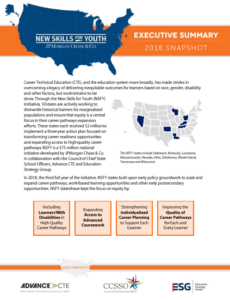 The Met, a work-based learning focused technical center in Providence, Rhode Island, serves about 800 students across the state. It is also one of eight recipients of
The Met, a work-based learning focused technical center in Providence, Rhode Island, serves about 800 students across the state. It is also one of eight recipients of  What defines a high-quality career pathway? Is it alignment to labor market needs and career opportunities? The quality and qualifications of teachers and faculty? Access to meaningful, aligned work-based learning experiences? Perhaps all of the above?
What defines a high-quality career pathway? Is it alignment to labor market needs and career opportunities? The quality and qualifications of teachers and faculty? Access to meaningful, aligned work-based learning experiences? Perhaps all of the above? 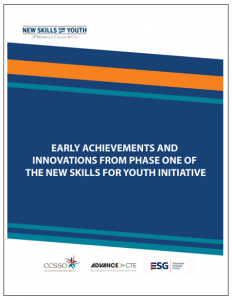 Last spring, 24 states and Washington, D.C. began a national, six-month effort to examine and transform their career readiness systems and expand opportunities available to students in their states. Under the initiative, part of JPMorgan Chase & Co.’s $75 million
Last spring, 24 states and Washington, D.C. began a national, six-month effort to examine and transform their career readiness systems and expand opportunities available to students in their states. Under the initiative, part of JPMorgan Chase & Co.’s $75 million 